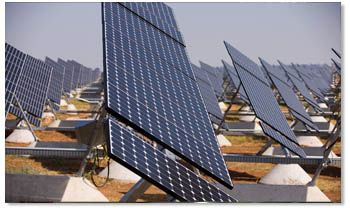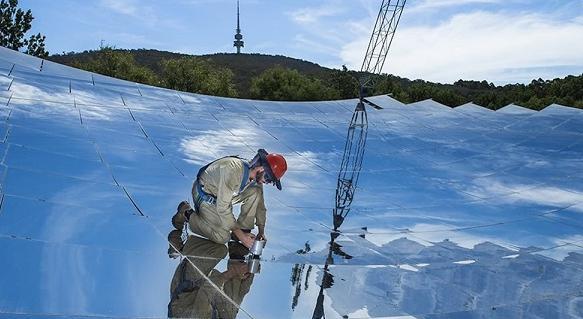**Title: “Chilling with Sunshine: Powering Your Fridge with Solar Energy”**
(How Much Solar Power Do I Need To Run A Refrigerator)
So you want your fridge running on solar power. Maybe you’re planning an off-grid cabin, prepping for emergencies, or just curious about cutting electricity bills. Either way, figuring out how much solar energy you need isn’t as hard as it sounds. Let’s break it down step by step.
First, know your fridge. Check its energy use. Most modern refrigerators have an EnergyGuide label. This tells you how many kilowatt-hours (kWh) it uses per year. Divide that by 365 to get daily use. For example, a fridge rated for 500 kWh annually uses roughly 1.37 kWh per day. Older models might guzzle twice as much. If your fridge lacks a label, use a wattage meter. Plug it in for 24 hours to see exact consumption.
Now, solar panels don’t work 24/7. They make power only when the sun’s up. You’ll need enough panels to cover your fridge’s daily energy use *and* store extra for nighttime. Let’s say your fridge needs 1.5 kWh daily. Solar panels are rated in watts. A 300-watt panel in perfect sunlight for 5 hours generates 1.5 kWh (300W x 5h = 1500Wh). But weather isn’t perfect. Clouds, shade, or short winter days cut output. To be safe, add a buffer. Double the panels—two 300W panels—to ensure you collect enough even on cloudy days.
Batteries are next. They store solar energy for when the sun’s gone. A fridge runs all day, so your battery bank must hold at least 1.5 kWh. But batteries aren’t 100% efficient. Lead-acid types lose about 20% energy during storage. Lithium batteries lose less, around 10%. For lead-acid, aim for a 2 kWh battery (1.5 kWh divided by 0.8). Lithium needs around 1.7 kWh. Bigger batteries mean more backup for rainy days.
Don’t forget the inverter. Fridges use AC power. Solar panels and batteries produce DC. An inverter converts DC to AC. Pick one that handles your fridge’s startup surge. Compressors need a jolt of power when kicking on—often 2-3 times their running wattage. A fridge that uses 150 watts might spike to 450 watts briefly. Your inverter must handle that peak.
Real-life example: A small 12V fridge in an RV uses about 1 kWh daily. Pair it with a 200W solar panel and a 100Ah lithium battery. For a standard kitchen fridge, go bigger—400W panels and a 200Ah battery. Location matters. Sunny Arizona needs fewer panels than cloudy Seattle.
Wattage adds up. Lights, phones, or a TV? Include those in your total solar needs. Start with the fridge, then expand. Pro tip: Get an energy-efficient fridge. Modern units use half the power of decade-old models.
(How Much Solar Power Do I Need To Run A Refrigerator)
Solar power isn’t one-size-fits-all. Crunch your numbers, account for inefficiencies, and plan for worst-case weather. Once set up, your fridge hums along, powered by sunshine. No more grid dependency. Just clean, quiet energy keeping your food cold and your conscience lighter.
Inquiry us
if you want to want to know more, please feel free to contact us. (nanotrun@yahoo.com)




